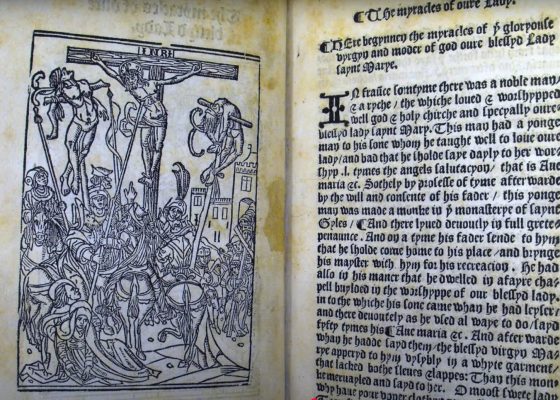
- October 6, 2025

By National Museum of Asian Art, Smithsonian Institution
The Qing dynasty (1644–1911) was founded by a northeast Asian people who called themselves Manchus. Their history, language, culture, and identity was distinct from the Chinese population, whom they conquered in 1644 when China was weakened by internal rebellions. The Manchus forged alliances with certain Chinese and Mongol groups that aided their conquest of China. Manchu rule did not completely uproot the government of China or its social and cultural life; instead, Manchu rulers selectively continued and adapted aspects of Chinese life they admired. They developed a style of rule befitting the multiethnic empire they commanded, of which the Chinese were the largest population. The Manchu rulers modeled many of their government practices on those of the previous Chinese Ming dynasty (1368–1644). For example, they employed a civil service examination system much like in previous Chinese dynasties to recruit Chinese government officials. In addition, the emperors were bilingual in Chinese and Manchu. Simultaneously, the Manchu rulers maintained and promoted many Manchu customs at court and within the general populace.
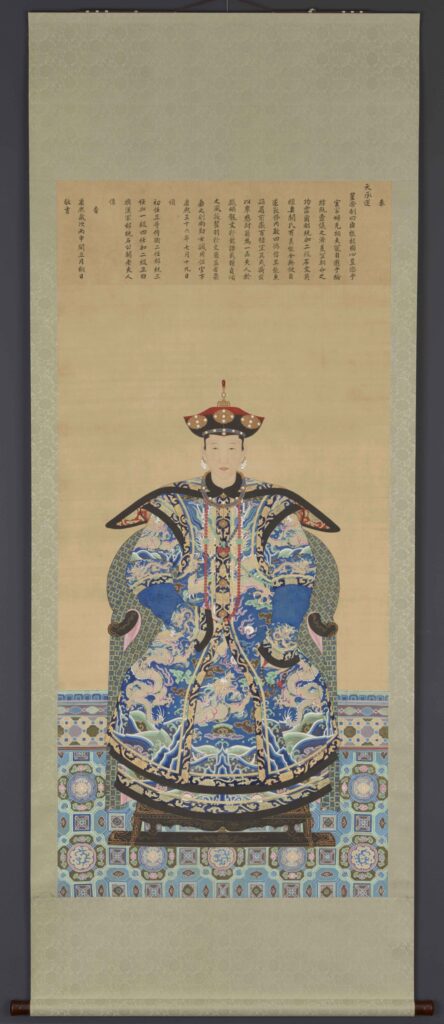
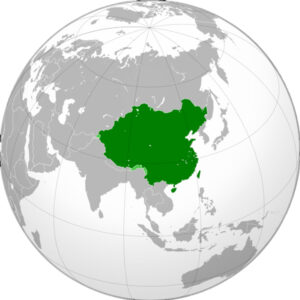
The Qing dynasty, especially in the eighteenth century when the Qing empire was the largest and most prosperous in the world, saw prolific cultural and artistic achievements. Three Qing emperors were responsible for the notable stability and prosperity of the period. They were Kangxi (reigned 1661–1722), Yongzheng (reigned 1722–1735), and Qianlong (reigned 1735–1796).
The ceramic industry reached a new height during the Qing dynasty and created some of the most splendid porcelains ever crafted. An immense variety of porcelains was produced, which included those for imperial use, for popular consumption, and for export. Close contact between the court and resident European Jesuits in China had a great effect on aspects of Qing art. Some porcelains of the period displayed features that reflected Chinese-Western interactions. One Qing innovation was the production of exquisite wares painted with new colors and types of enamel pigments. Some of the colors, notably pink, was in part a result of imperial admiration in the seventeenth century for European enamel objects with this palette that were brought to the court by the Jesuits.
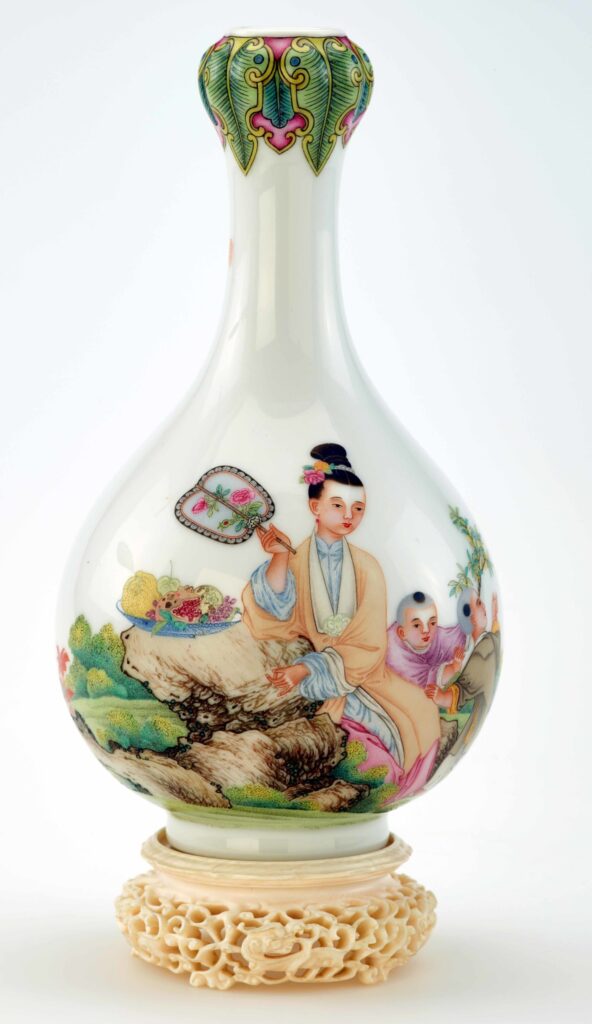
The Kangxi Emperor set up workshops for the manufacture of court arts, including paintings and three-dimensional objects, as well as arts for religious devotion. Some workshops were in the palace, and much of the manufacture of lacquerware, enamel, jade, and carvings of ivory and organic materials occurred under court control. Other arts, like porcelain and textiles, were made in imperial workshops located outside of Beijing. For some special ceramics, undecorated ceramic “blanks” were sent from Jingdezhen to the Beijing workshops for painting. These workshops remained in production for the rest of the dynasty.
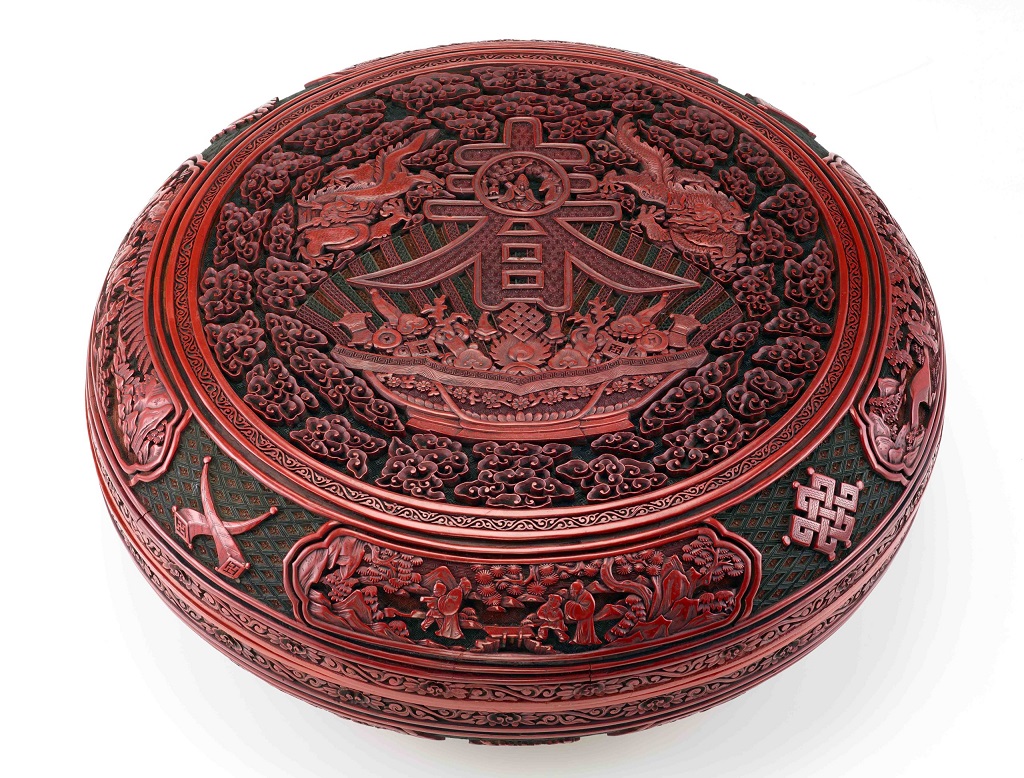
Qing customs of painting largely followed previously established traditions. Professional artists worked either at court or outside the court; some, however, worked in both spheres. Other artists painted as an avocation and followed the style of scholar-amateur artists. Talented professional painters who served in the palace workshops produced portraits, documentary and narrative images, copies of ancient masterpieces, and religious art; they also undertook decorative projects for palace buildings. Some of the painters were European Jesuit missionaries who served the court. Their representational techniques were greatly admired by the Qing emperors. Among them, Giuseppe Castiglione (1688–1766), also known as Lang Shining, was a favorite. He was a key figure in establishing the new court aesthetic of combining Western style realism (as can be seen in the three-dimensional modeling of a face with light and shadow) with other traditions of brushwork.
Artists who painted as scholar-amateur artists had various goals and practices. Some sought to revitalize Chinese painting by careful imitation and adaptation of classical masterpieces. Their art was not directly inspired by nature but by the study of established techniques and styles. Some of these artists were also collectors of, or had easy access to, ancient masterworks. Other artists who more obviously broke with or radically modified past tradition have been known as “Individualists.” They viewed art as a form of personal expression, sometimes injecting it with a strong message of political protest or social commentary.

The nineteenth century was largely difficult for China. The opium trade that arose from unfair trade practices imposed by Europeans in the first half of the century devastated the Chinese economy. The two opium wars in 1840–42 and 1856–60 and the unequal treaties that followed violated China’s sovereignty. They had long-lasting consequences on China’s economy and society. The Boxer Rebellion in 1900 illustrated strong Chinese antipathy toward foreigners, but it was short-lived and ended with the Qing court’s forced flight from Beijing. China’s position in the world declined and internal rebellions overthrew the Qing dynasty government in 1911. China’s last emperor abdicated in early 1912, ushering in a republican China.
Source: Smarthistory










Cancel anytime


Using our website
You may use the The Middle Land website subject to the Terms and Conditions set out on this page. Visit this page regularly to check the latest Terms and Conditions. Access and use of this site constitutes your acceptance of the Terms and Conditions in-force at the time of use.
Intellectual property
Names, images and logos displayed on this site that identify The Middle Land are the intellectual property of New San Cai Inc. Copying any of this material is not permitted without prior written approval from the owner of the relevant intellectual property rights.
Requests for such approval should be directed to the competition committee.
Please provide details of your intended use of the relevant material and include your contact details including name, address, telephone number, fax number and email.
Linking policy
You do not have to ask permission to link directly to pages hosted on this website. However, we do not permit our pages to be loaded directly into frames on your website. Our pages must load into the user’s entire window.
The Middle Land is not responsible for the contents or reliability of any site to which it is hyperlinked and does not necessarily endorse the views expressed within them. Linking to or from this site should not be taken as endorsement of any kind. We cannot guarantee that these links will work all the time and have no control over the availability of the linked pages.
Submissions
All information, data, text, graphics or any other materials whatsoever uploaded or transmitted by you is your sole responsibility. This means that you are entirely responsible for all content you upload, post, email or otherwise transmit to the The Middle Land website.
Virus protection
We make every effort to check and test material at all stages of production. It is always recommended to run an anti-virus program on all material downloaded from the Internet. We cannot accept any responsibility for any loss, disruption or damage to your data or computer system, which may occur while using material derived from this website.
Disclaimer
The website is provided ‘as is’, without any representation or endorsement made, and without warranty of any kind whether express or implied.
Your use of any information or materials on this website is entirely at your own risk, for which we shall not be liable. It is your responsibility to ensure any products, services or information available through this website meet your specific requirements.
We do not warrant the operation of this site will be uninterrupted or error free, that defects will be corrected, or that this site or the server that makes it available are free of viruses or represent the full functionality, accuracy and reliability of the materials. In no event will we be liable for any loss or damage including, without limitation, loss of profits, indirect or consequential loss or damage, or any loss or damages whatsoever arising from the use, or loss of data, arising out of – or in connection with – the use of this website.
Last Updated: September 11, 2024
New San Cai Inc. (hereinafter “The Middle Land,” “we,” “us,” or “our”) owns and operates www.themiddleland.com, its affiliated websites and applications (our “Sites”), and provides related products, services, newsletters, and other offerings (together with the Sites, our “Services”) to art lovers and visitors around the world.
This Privacy Policy (the “Policy”) is intended to provide you with information on how we collect, use, and share your personal data. We process personal data from visitors of our Sites, users of our Services, readers or bloggers (collectively, “you” or “your”). Personal data is any information about you. This Policy also describes your choices regarding use, access, and correction of your personal information.
If after reading this Policy you have additional questions or would like further information, please email at middleland@protonmail.com.
PERSONAL DATA WE COLLECT AND HOW WE USE IT
We collect and process personal data only for lawful reasons, such as our legitimate business interests, your consent, or to fulfill our legal or contractual obligations.
Information You Provide to Us
Most of the information Join Talents collects is provided by you voluntarily while using our Services. We do not request highly sensitive data, such as health or medical information, racial or ethnic origin, political opinions, religious or philosophical beliefs, trade union membership, etc. and we ask that you refrain from sending us any such information.
Here are the types of personal data that you voluntarily provide to us:
As a registered users or customers, you may ask us to review or retrieve emails sent to your business. We will access these emails to provide these services for you.
We use the personal data you provide to us for the following business purposes:
Information Obtained from Third-Party Sources
We collect and publish biographical and other information about users, which we use to promote the articles and our bloggers who use our sites. If you provide personal information about others, or if others give us your information, we will only use that information for the specific reason for which it was provided.
Information We Collect by Automated Means
Log Files
The site uses your IP address to help diagnose server problems, and to administer our website. We use your IP addresses to analyze trends and gather broad demographic information for aggregate use.
Every time you access our Site, some data is temporarily stored and processed in a log file, such as your IP addresses, the browser types, the operating systems, the recalled page, or the date and time of the recall. This data is only evaluated for statistical purposes, such as to help us diagnose problems with our servers, to administer our sites, or to improve our Services.
Do Not Track
Your browser or device may include “Do Not Track” functionality. Our information collection and disclosure practices, and the choices that we provide to customers, will continue to operate as described in this Privacy Policy, whether or not a “Do Not Track” signal is received.
HOW WE SHARE YOUR INFORMATION
We may share your personal data with third parties only in the ways that are described in this Privacy Policy. We do not sell, rent, or lease your personal data to third parties, and We does not transfer your personal data to third parties for their direct marketing purposes.
We may share your personal data with third parties as follows:
There may be other instances where we share your personal data with third parties based on your consent.
HOW WE STORE AND SECURE YOUR INFORMATION
We retain your information for as long as your account is active or as needed to provide you Services. If you wish to cancel your account, please contact us middleland@protonmail.com. We will retain and use your personal data as necessary to comply with legal obligations, resolve disputes, and enforce our agreements.
All you and our data are stored in the server in the United States, we do not sales or transfer your personal data to the third party. All information you provide is stored on a secure server, and we generally accepted industry standards to protect the personal data we process both during transmission and once received.
YOUR RIGHTS/OPT OUT
You may correct, update, amend, delete/remove, or deactivate your account and personal data by making the change on your Blog on www.themiddleland.com or by emailing middleland@protonmail.com. We will respond to your request within a reasonable timeframe.
You may choose to stop receiving Join Talents newsletters or marketing emails at any time by following the unsubscribe instructions included in those communications, or you can email us at middleland@protonmail.com
LINKS TO OTHER WEBSITES
The Middle Land include links to other websites whose privacy practices may differ from that of ours. If you submit personal data to any of those sites, your information is governed by their privacy statements. We encourage you to carefully read the Privacy Policy of any website you visit.
NOTE TO PARENTS OR GUARDIANS
Our Services are not intended for use by children, and we do not knowingly or intentionally solicit data from or market to children under the age of 18. We reserve the right to delete the child’s information and the child’s registration on the Sites.
PRIVACY POLICY CHANGES
We may update this Privacy Policy to reflect changes to our personal data processing practices. If any material changes are made, we will notify you on the Sites prior to the change becoming effective. You are encouraged to periodically review this Policy.
HOW TO CONTACT US
If you have any questions about our Privacy Policy, please email middleland@protonmail.com
The Michelin brothers created the guide, which included information like maps, car mechanics listings, hotels and petrol stations across France to spur demand.
The guide began to award stars to fine dining restaurants in 1926.
At first, they offered just one star, the concept was expanded in 1931 to include one, two and three stars. One star establishments represent a “very good restaurant in its category”. Two honour “excellent cooking, worth a detour” and three reward “exceptional cuisine, worth a
Thank you for your participation,
please Log in or Sign up to Vote

123Sign in to your account
Gold Surges Past $4,000 An Ounce As Uncertainty Fuels Rally